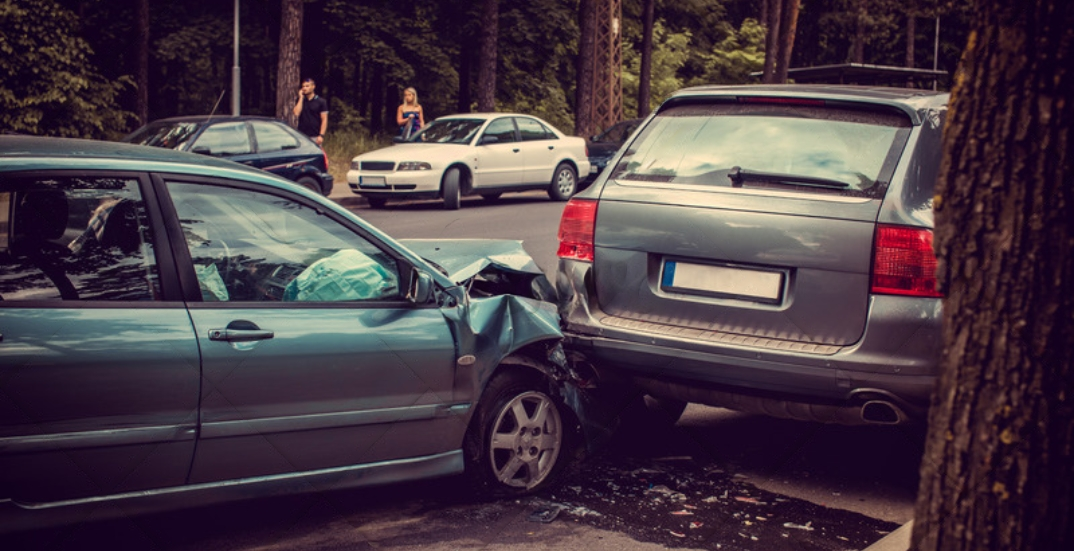
Whether you are a veteran driver in West Virginia or somebody who has not driven a vehicle here for long, a refresher on the right-of-way laws for this state can help. Right-of-way laws help ensure vehicles understand the correct flow of traffic and help prevent serious accidents from occurring. Here, we want to review the most important right-of-way laws in West Virginia.
Right-of-Way at Intersections
There are various types of intersections drivers may encounter throughout West Virginia. This can include the following:
- Four-way intersections related to a stop sign or stop light
- Private roads or alleys that meet a public road
- Roads the dead end into another road
- Any place where two or more roadways converge
When drivers approach intersections in West Virginia, they must yield the right of way to other drivers already in the intersection or the road they intend to use. This rule applies even if there is no yield sign, stop sign, or traffic light that indicates drivers should wait to turn into traffic (such as leaving a private driveway, alley, or parking lot).
If drivers come to an uncontrolled intersection, meaning there is no stop light or stop sign or any other type of sign, the driver who arrived first has the right of way. If there is a yield sign, drivers must wait until all traffic in the road or intersection is cleared before they can proceed forward.
When making a turn, drivers must yield the right of way to all oncoming traffic, traffic inside of the lane where they wish to merge, or any pedestrians already in a marked or unmarked crosswalk.
Right-of-Way for Pedestrians
Pedestrians have the right of way inside marked crosswalks in West Virginia. It does not matter whether or not drivers believe a pedestrian is crossing with the right of way or not, they must yield to the pedestrian. Even if a pedestrian is jaywalking, drivers must yield the right of way to the pedestrian, or they could be held liable for any damages if they strike the pedestrian.
Drivers should assume that pedestrians have a crosswalk, particularly at four-way intersections controlled by stop signs or stop lights, at the exit of private driveways, alleys, or parking lots, and at mid-block crossings.
Right-of-Way When Merging
Merging from one road to another is an area where right-of-way laws must be adhered to. The right of way always goes to vehicles already on the road where the merging driver wishes to be. Drivers wishing to merge must never force their vehicle into another lane, even if it appears another driver is refusing to let them over on purpose. Drivers wishing to merge must lower their speed and attempt to merge behind another vehicle if the roadway is clear. If drivers cannot safely merge, they must slow their vehicle to a stop and wait for it an empty space in traffic before accelerating forward into the lane.
Anytime drivers approach a yield sign, they must yield to others already on the roadway, but the absence of a yield sign is not an indication that a driver has the right of way. Drivers must always wait until it is safe to merge. If you or a loved one was involved in a car accident that resulted in serious injuries or property damage, contact one of our Martinsburg car accident lawyers to schedule a free consultation to explore your legal right to compensation.
Emergency Vehicle Right-of-Way
Anytime an emergency vehicle has its flashing lights and sirens activated, they have the right of way on the roadway. Drivers should pull to the far right lane, stop, and allow the emergency vehicle to pass. If drivers are unable to get to the far right lane because of congested traffic or some other reason, they should pull to the shoulder of a roadway if possible and allow space for the emergency vehicle to pass.
West Virginia law encourages drivers to pull into a non-adjacent lane if they are approaching emergency vehicles stopped on the side of the roadway during an emergency. This includes police cars, ambulances, fire trucks, and tow trucks that have their flasher lights activated.




